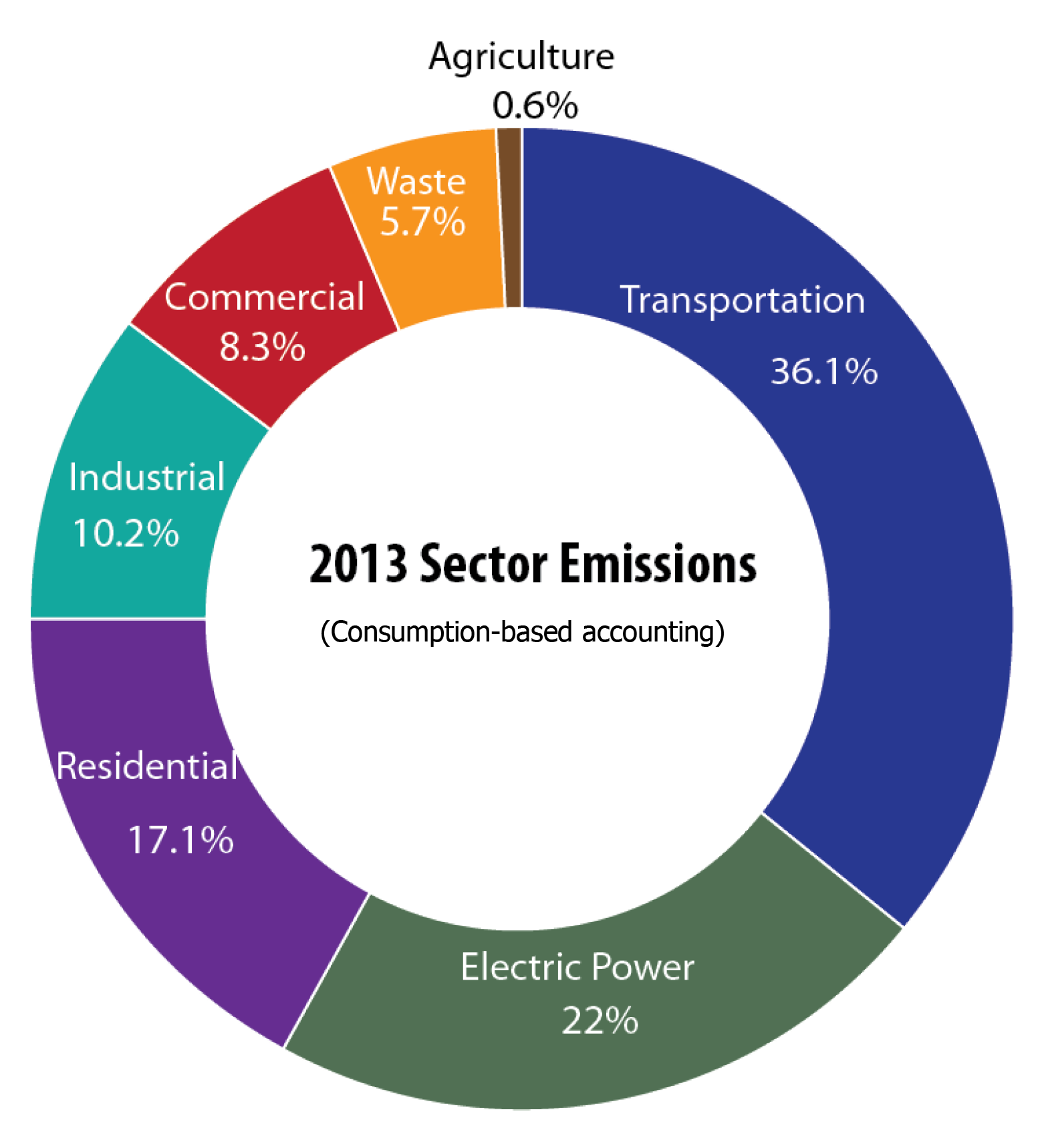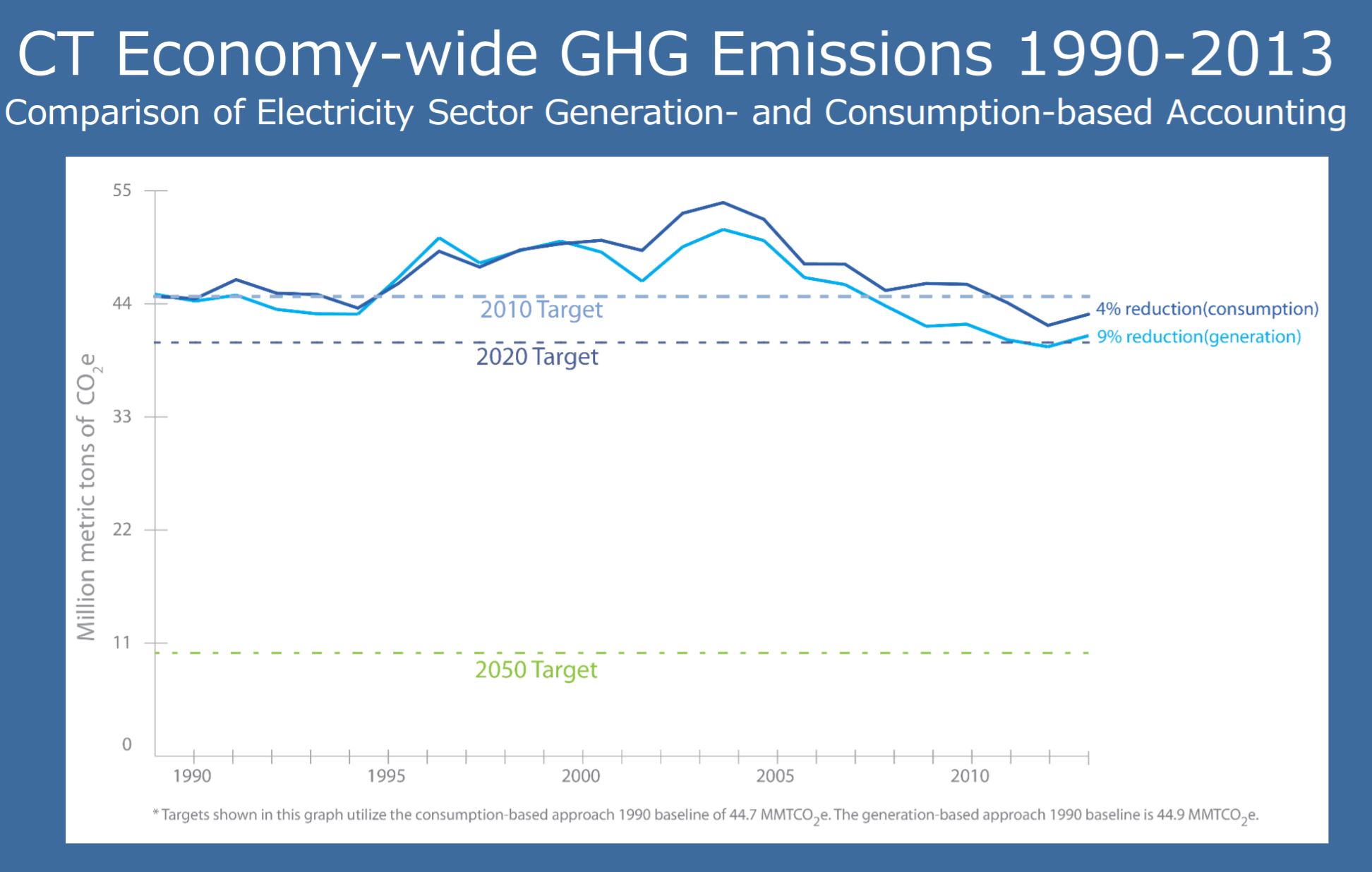 We are at a crossroads for climate change progress. At this point, it’s clear that for the next few years we will not be able to rely on the federal government to protect our environmental future.
We are at a crossroads for climate change progress. At this point, it’s clear that for the next few years we will not be able to rely on the federal government to protect our environmental future.
This was solidified when a fossil fuel industry insider and climate change denier was picked for EPA; the top contender for the Department of Interior—someone tasked with protecting lands and wildlife—is opposed to the federal government owning land and is a supporter of fossil fuel expansion; and the potential new Secretary of State is the CEO of Exxon Mobile.
But this doesn’t mean progress needs to stall. The answer is local: states and municipalities are now critical partners in the effort to combat climate change and will have to stand their ground against attempts to weaken environmental protections.
The ray of sunshine is that Connecticut has a proven track record of leadership when it comes to climate action and green-economy innovation. You can be part of keeping that tradition going.
What can you do? First, let’s go over some of the energy acronyms and targets you’ll hear about as you push climate progress forward. Keep reading and you’ll know more than all your friends! Don’t worry, we won’t quiz you at the end.
ENERGY LINGO 101
GHG: Greenhouse Gas
These are gasses that trap heat close to the earth thereby increasing the temperature in the atmosphere which leads to global warming. GHGs include carbon dioxide and methane.
GWSA: The Global Warming Solutions Act
This is Connecticut’s law requiring cuts to GHGs. More on this in the “Climate Targets 101” section below.
GC3: The Governor’s Council on Climate Change (the “Council”)
This commission develops long range polices designed to make sure Connecticut reaches its GHG emission reduction targets. CFE/Save the Sound president Don Strait serves on the Council. You can learn more about it here.
CES: The Comprehensive Energy Strategy
This is a state plan developed by the Department of Energy and Environmental Protection (DEEP) every three years to review major strategies and actions to meet energy and climate goals in the short term. The next CES should come out this spring.
Renewable Energy
Naturally occurring energy from a source that is not depleted when used, such as wind or solar power.
RPS: Renewable Portfolio Standard
This state policy requires utilities to generate or sell an increasing amount of renewable energy. It is critical in the effort to increase use of clean energy like solar and wind and reduce dirty fuels.
RGGI: Regional Greenhouse Gas Initiative
This is a cooperative effort by northeastern and mid-Atlantic states to reduce GHGs. It’s a cap and trade program that motivates fossil fuel electric plants to keep their GHG emissions in check. Each plant must buy fuel cap allowances and cap their emissions. The proceeds from the sale of the credits return to the states, generating funding for clean energy and efficiency programs.
ZEVs and EVs: Zero Emission Vehicles and Electric Vehicles Electric cars, trucks, and buses! ZEVs are entirely battery-powered EVs and fuel cell vehicles that have little or no tailpipe emissions. EV/ZEV is the technology we need to transform our transportation system and drastically reduce the emissions that are generated from that sector. Dirty emissions from vehicles cause nearly 40% of our GHGs!
CHEAPR: This is the state program that provides rebates for buyers and leasers of electrics vehicles, making them easier to afford! Find out more here.
Now for some graphs to help you visualize where we are and where we should be:
GHG EMISSIONS BY SECTOR
Source: www.ct.gov/deep/gc3
ENERGY BY SOURCE
 Source: www.iso-ne.com
Source: www.iso-ne.com
CLIMATE TARGETS 101
The GWSA requires Connecticut to reduce greenhouse gas emissions by at least 10 percent from 1990 levels by 2020, and at least 80 percent from 2001 levels by 2050. But Connecticut is at risk of missing even the 2020 goal.
In fact, according to the Acadia Center, GHGs have actually reversed course, increasing by 4.4 percent from 2012-2014, the first two-year increase in GHG emissions since 2004.
RPS target: The RPS target is currently set to expire at 20 percent by 2020 with no extensions. (there is currently a proposal to incrementally increase the goal to 80 percent by 2040).
EV target: Connecticut has signed on to a promise with six other states in our region to put 1.7 million EVs on the road by 2025.
Here’s a graph that shows where we are now and what our targets are. It’s a pretty powerful picture—we better get to work!
GHG TARGETS
 Source: www.ct.gov/deep/gc3
Source: www.ct.gov/deep/gc3
NOW WHAT?
What can you do with all this information, targets, and data? How do they fit together to combat climate change?
It’s pretty simple. Invest in clean energy, limit fossil fuel consumption and increase efficiency and renewables. Here are three main actions your Connecticut legislators must take to hit the state’s 2020 and 2050 renewable energy goals.
- CUT FOSSIL FUELS: This means reducing reliance on natural gas for our electricity needs, not expanding it with more pipelines and gas plants. We can slash emissions from transportation by shifting to electric cars and trucks and expanding clean public transit.
- RAMP UP RENEWABLES (and fast!): There are several pieces to this step, but two biggies are expanding the RPS and implementing a full scale shared solar program. (Learn more about shared solar here. )
- INVEST IN EFFICIENCY: Because the cheapest and cleanest energy, is the energy that never has to be generated. Many homes lose up to half of their energy from inefficiency (leaky windows, lack of adequate insulation, etc.).
WHAT CAN YOU DO
Sign our Climate First Responder Pledge, and talk to your legislators, municipal leaders, and friends, because one thing is crystal clear—the only way we are going to successfully protect our future, is together.
You can find your state senator and representative here.
Tell them that maintaining environmental protections and climate progress in Connecticut is important to you, and that you’ll be following how the legislators votes this session.
Continue to follow our blog for more Energy 101s in the future and information on important energy bills you can help us support; there’s plenty more to learn! You’ll soon be an Energy Expert with a degree in Our Green Future.

1 thought on “Energy 101: Shifting into High Gear Towards Our Green Future”
Comments are closed.